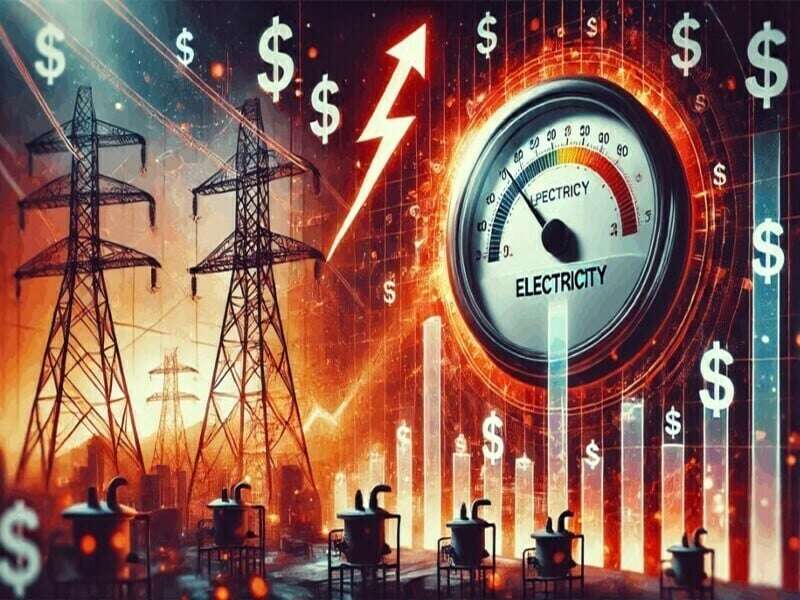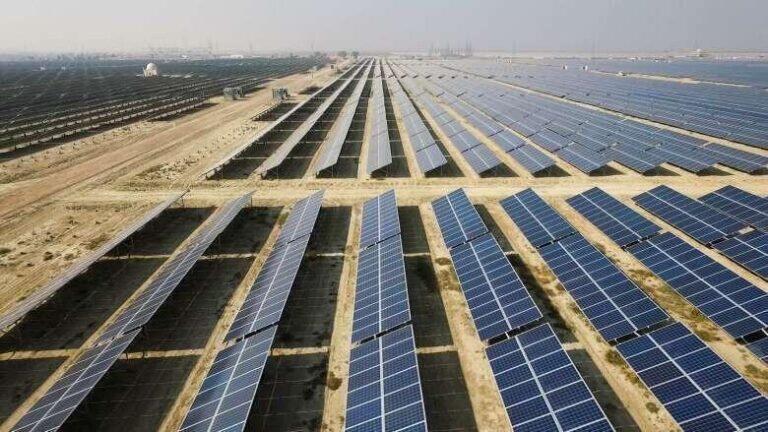
|
Getting your Trinity Audio player ready...
|
SAPM Highlights Negligence in Tariff Offers Without Technology Studies or Tests
Introduction
ISLAMABAD: During a recent meeting of the Senate Standing Committee on Power, significant shortcomings and negligence were uncovered in the process of offering tariffs to Independent Power Producers (IPPs). Notably, these offers were made without the requisite technology studies or tests.
The Meeting Overview
The committee meeting, chaired by Mohsin Aziz, provided a platform for the Special Assistant to Prime Minister on Power and Vice Chairman of the Prime Minister’s Task Force on Energy, Muhammad Ali, to brief participants on issues related to IPPs and outline future initiatives.
Key Issues Identified
Lack of Transparency
Senator Mohsin Aziz pointed out that crucial details regarding the IPPs’ rate of return, heat rate, and audits had not been furnished to the committee. The termination of contracts with five IPPs raised concerns about the future of the remaining producers.
Previous Studies and Findings
Ali revealed that a government study conducted in 2019, and released in 2020, scrutinized the high electricity costs associated with IPPs. The study found that, after accounting for returns on investment, the profits for IPPs exceeded 27%.
Absence of Technology Assessments
Budget Constraints
Ali emphasized that budget constraints hindered the government from assessing the technology utilized by the IPPs in Pakistan. Additionally, no heat rate or efficiency tests were conducted, and the National Electric Power Regulatory Authority (Nepra) approved tariffs without verifying these critical parameters.
Legal Obstacles
When Nepra attempted to perform efficiency and heat rate audits, the IPPs secured stay orders from the courts, preventing these evaluations from taking place.
Future Plans
Transition to “Take or Pay” Model
Ali mentioned that all IPPs would eventually transition to a “take or pay” model, with negotiations expected to take an additional three months.
Major Shortcomings in IPP Tariff Deals
Lack of Technology Studies
Importance of Technology Assessments
The absence of technology assessments means that the efficiency and suitability of the technologies used by IPPs were never verified. This raises concerns about the overall effectiveness and sustainability of these power projects.
Heat Rate and Efficiency Tests
The Role of Heat Rate
Heat rate is a critical measure of a power plant’s efficiency. It represents the amount of fuel energy required to generate one unit of electricity. Without conducting heat rate tests, there is no way to ensure that the IPPs are operating efficiently.
Nepra’s Role and Challenges
Nepra’s Approval Process
Nepra’s role is to regulate and ensure fair tariffs for power generation. However, the approval of tariffs without verifying heat rates points to a significant oversight in the regulatory process.
Legal Challenges
The legal obstacles faced by Nepra, with IPPs obtaining stay orders, highlight the need for a robust legal framework to ensure that regulatory bodies can perform their duties effectively.
Must Read:
The Impact on Electricity Costs
High Electricity Costs
The high profits of IPPs, exceeding 27%, have a direct impact on electricity costs. These elevated costs are ultimately borne by consumers, making it crucial to address these inefficiencies.
Budgetary Implications
The lack of budget for technology assessments and efficiency tests suggests a need for better allocation of resources to ensure sustainable and cost-effective power generation.
Moving Forward: Recommendations and Initiatives
Improved Regulatory Oversight
Strengthening Nepra’s Role
There is a need to strengthen Nepra’s regulatory capabilities, ensuring they have the authority and resources to conduct necessary assessments and audits.
Legal Reforms
Addressing Legal Challenges
Legal reforms are essential to prevent IPPs from circumventing regulatory scrutiny through court orders. This will enable Nepra to perform its duties without undue interference.
Transitioning to a “Take or Pay” Model
Benefits of the New Model
The transition to a “take or pay” model could provide more stability and predictability in power generation agreements. This model ensures that IPPs are paid for available capacity, incentivizing them to maintain efficiency and reliability.
Future Negotiations
Timeline and Expectations
Negotiations for the transition to the new model are expected to take around three months. It is crucial that these negotiations are transparent and inclusive, considering the interests of all stakeholders.
Conclusion
The revelations about the major shortcomings and negligence in IPP tariff deals underscore the need for comprehensive reforms in the power sector. Ensuring transparency, conducting thorough technology assessments, and strengthening regulatory oversight are critical steps towards achieving a more efficient and sustainable power generation landscape in Pakistan.
FAQs
What are IPPs?
Independent Power Producers (IPPs) are private entities that generate electricity for sale to the national grid or to specific consumers.
Why are technology studies important for IPPs?
Technology studies are crucial to verify the efficiency and suitability of the technologies used by IPPs, ensuring sustainable and cost-effective power generation.
What is a heat rate in power generation?
Heat rate is a measure of a power plant’s efficiency, indicating the amount of fuel energy required to generate one unit of electricity.
What is the “take or pay” model?
The “take or pay” model is a power purchase agreement where the buyer pays for the available capacity of the power producer, regardless of whether the electricity is actually consumed.
What reforms are needed to improve the power sector in Pakistan?
Key reforms include strengthening regulatory oversight, ensuring transparency in tariff deals, conducting thorough technology assessments, and addressing legal challenges to regulatory processes.





